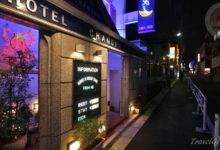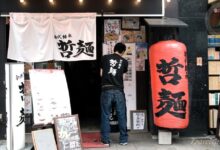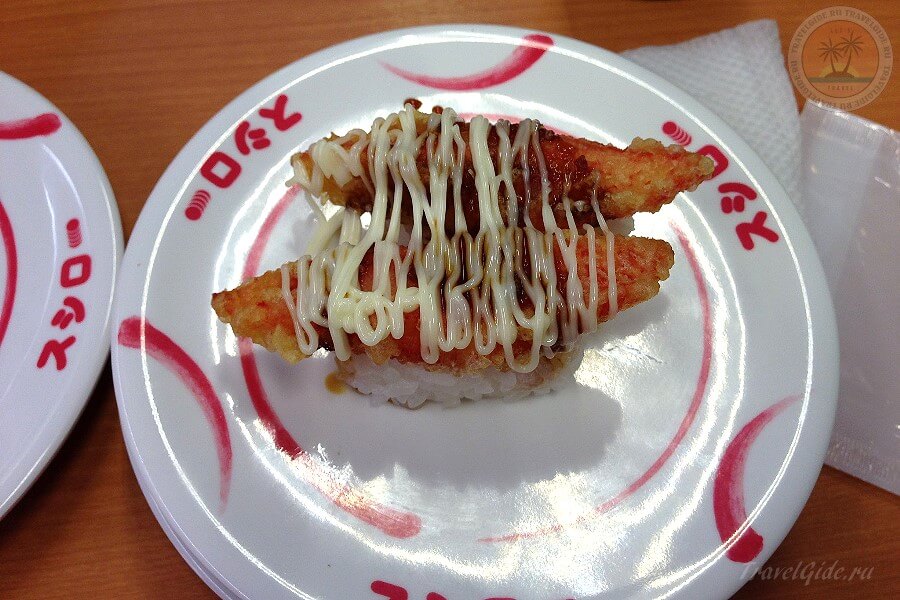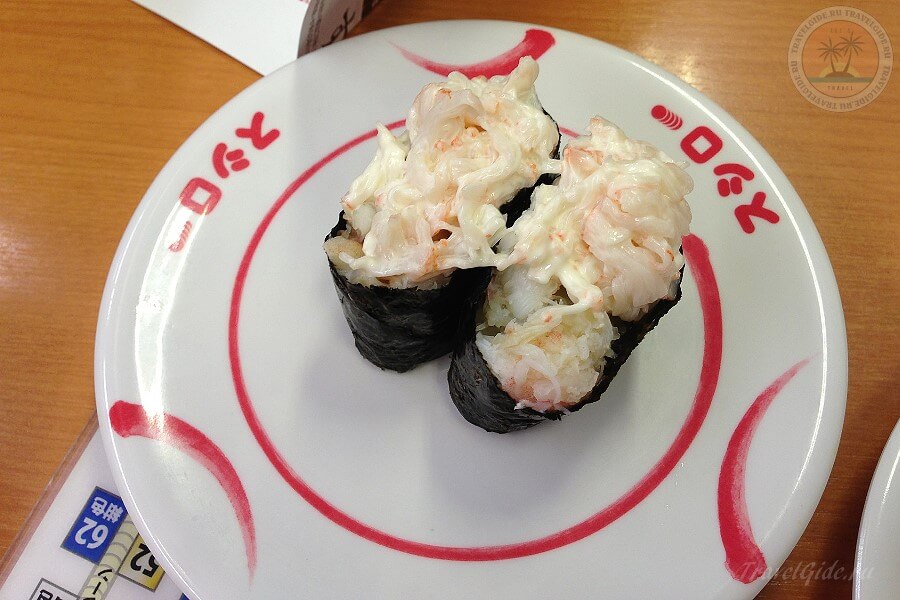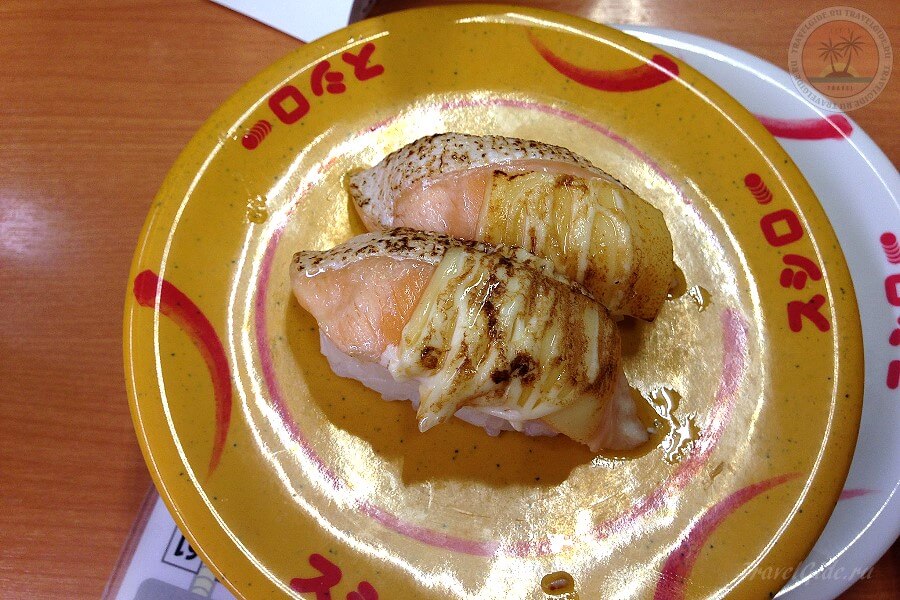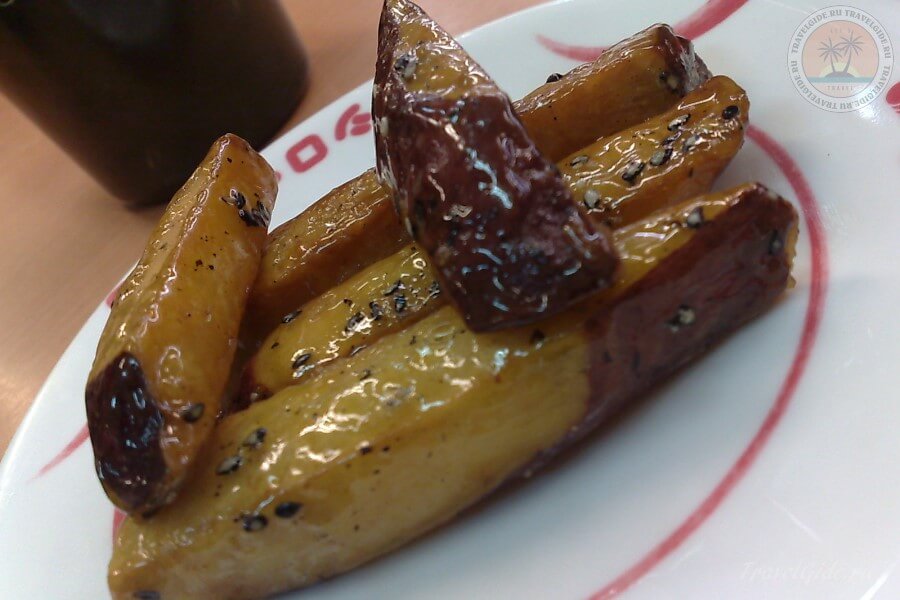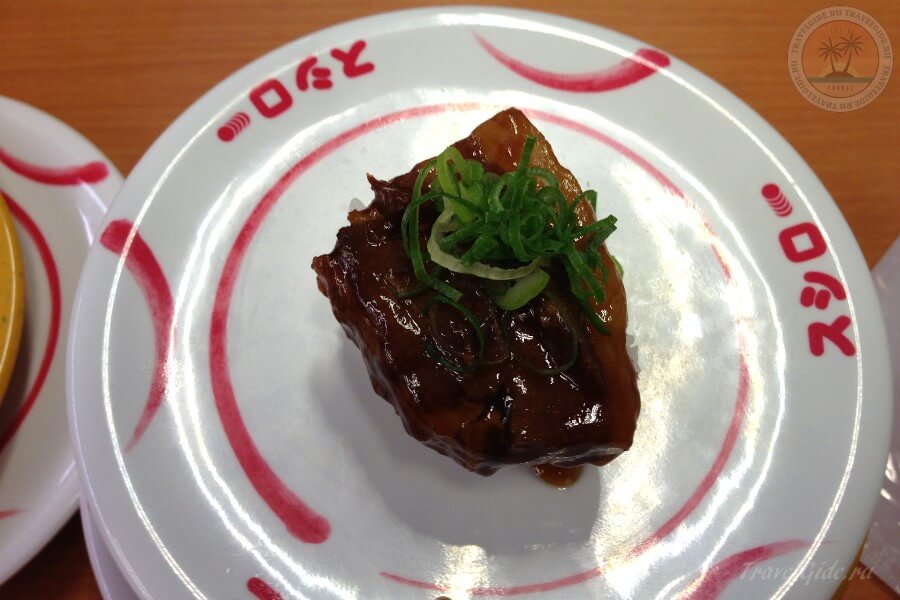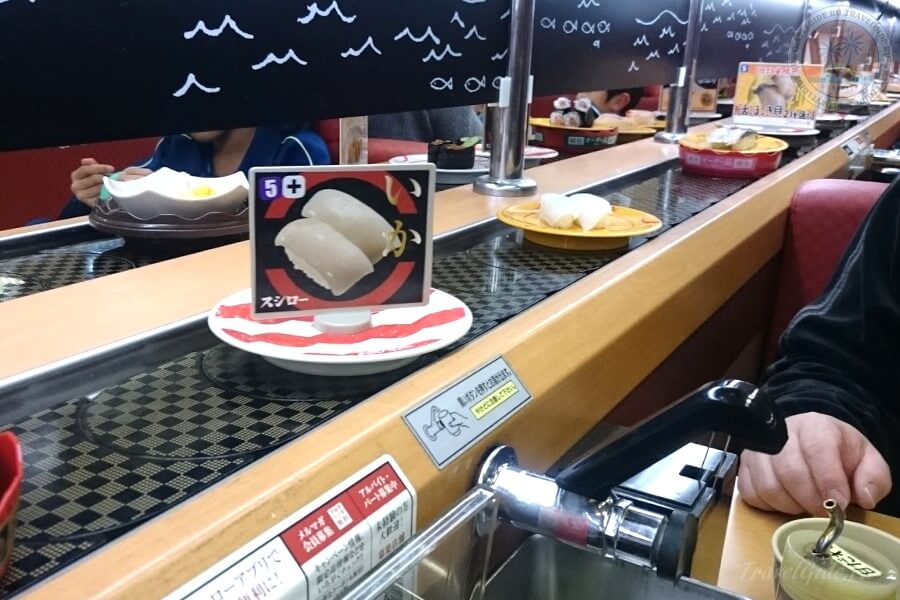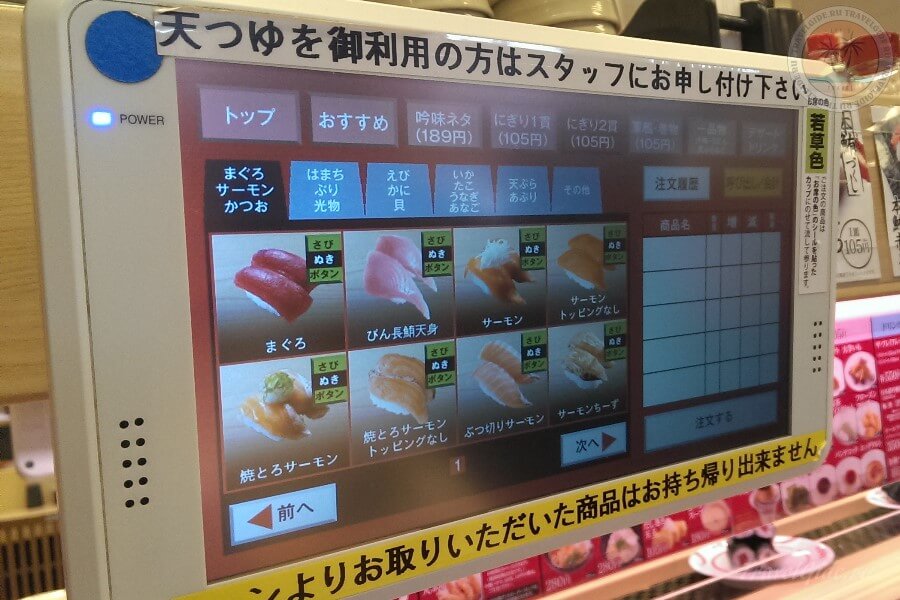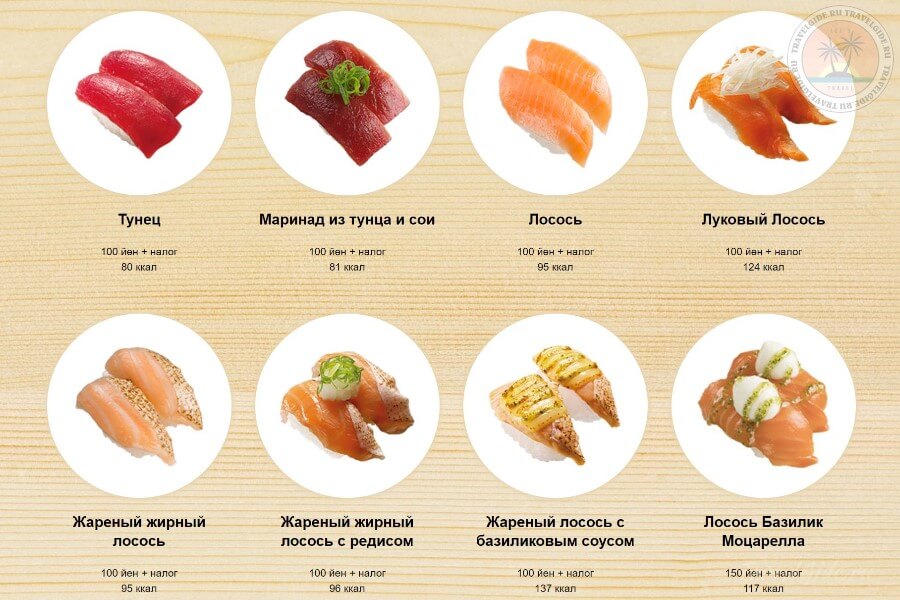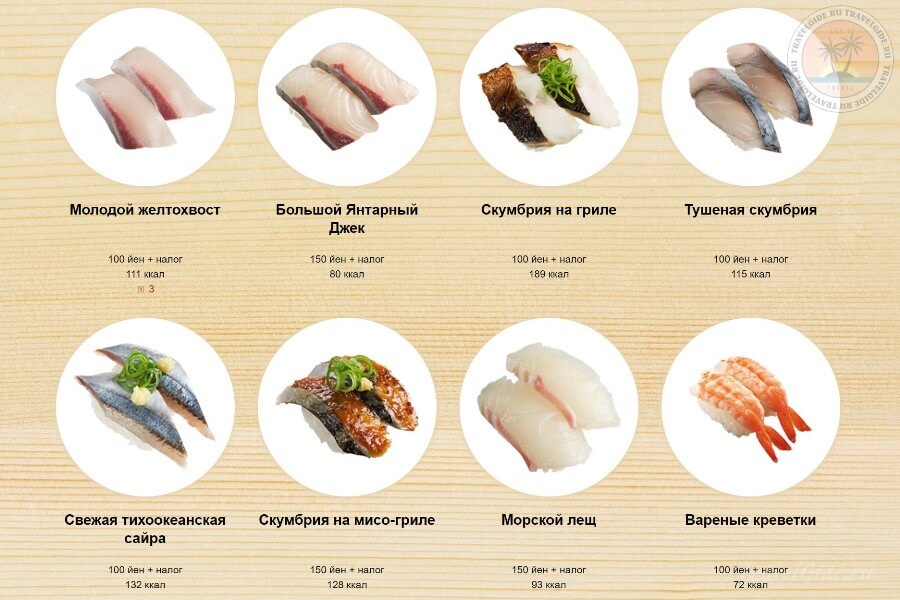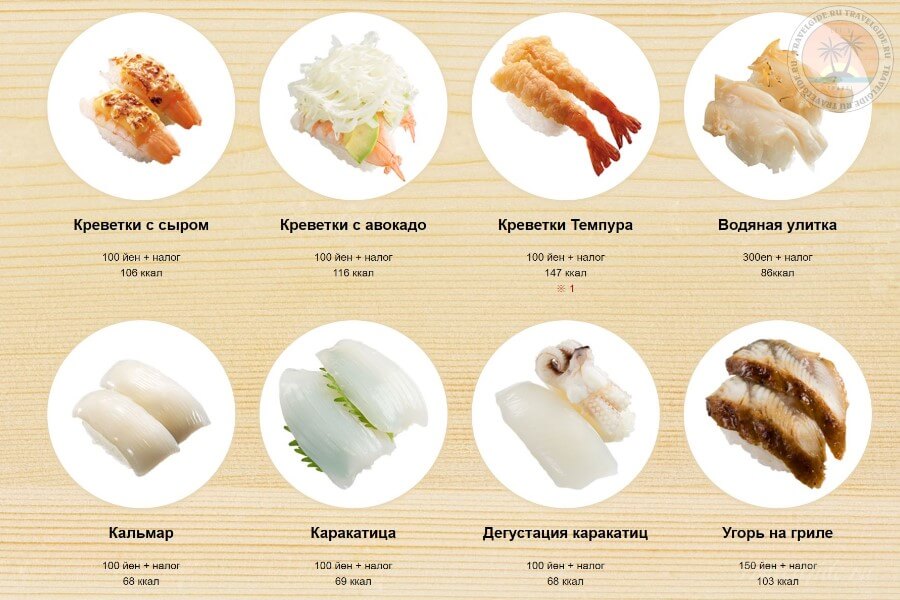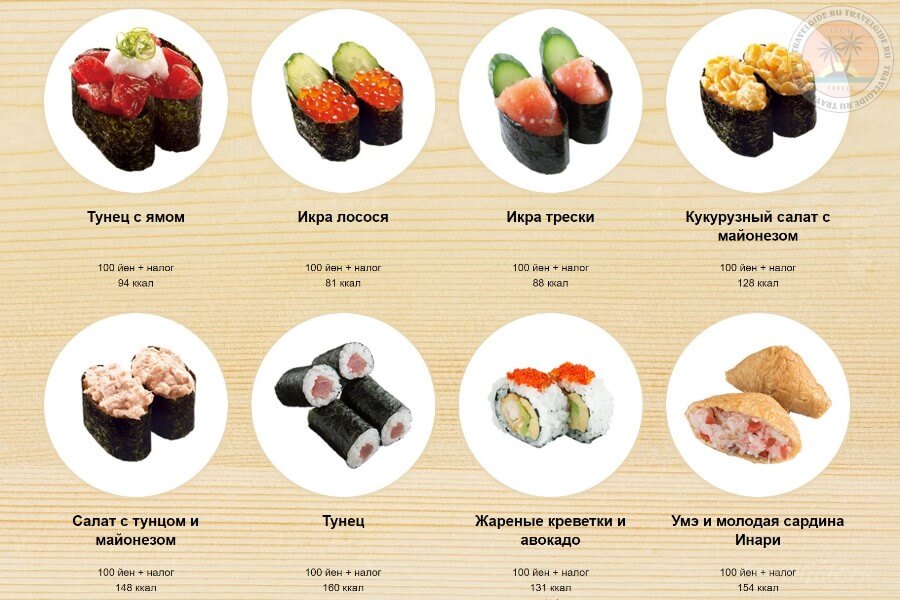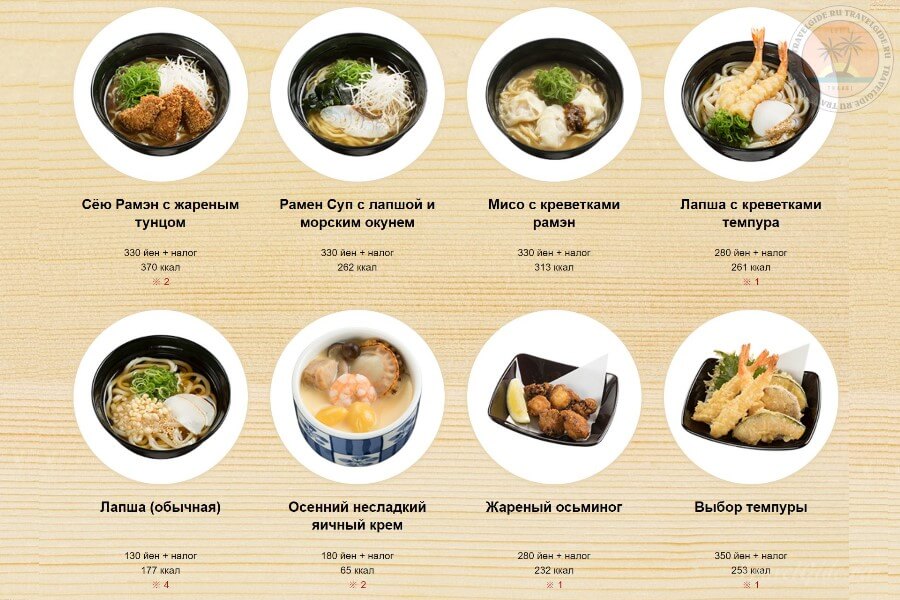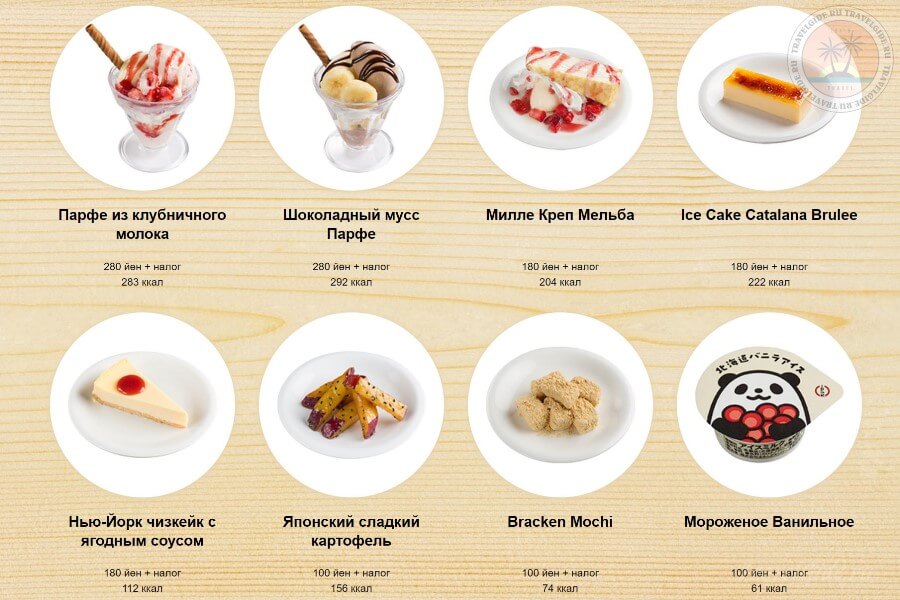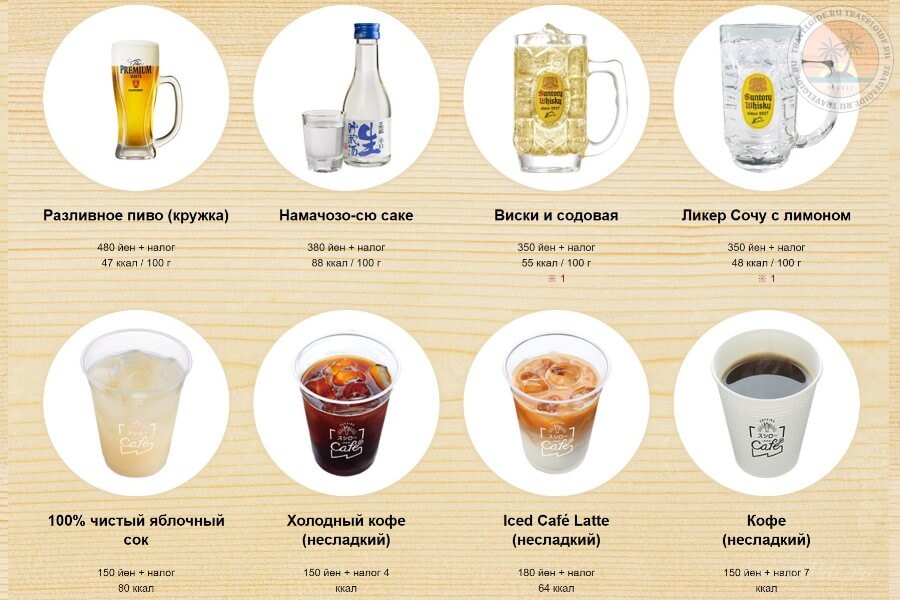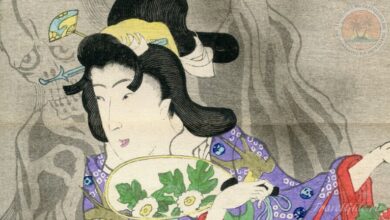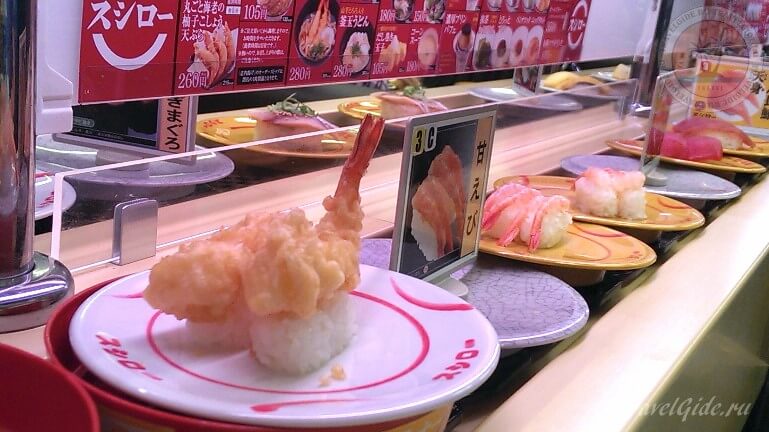
Japanese sushi bar through the eyes of a foreigner
PI confess that before coming to Japan I had never tried sushi. It would be nice to try out of pure curiosity. But for fear of getting a portion of disappointment, he kept postponing this event. Disappointment - because I had heard a lot about our local "dryers". Although now I know places where the process is taken seriously and sushi is prepared by people who have a not remote understanding of the subject. But what a sushi bar looks like in Japan, what menu it has and what kind of sushi they serve, I can tell you without any problems.
Problematic attitude to Japanese sushi in Russia
Sushi appeared with us relatively recently. Yes exactly. Of course, not everyone was mentally prepared to eat raw fish in various variations. This is expected and quite logical.
Those times have passed, but unfortunately even today not everyone is able to distinguish real sushi from a cheap fake. Sometimes it becomes insulting when you hear a remark like:
... “I finally decided to try sushi and found that it was a rare muck. It’s good that at least he didn’t get poisoned yet ”…
Therefore, I would like to make my contribution, albeit a small one, in establishing the correct image of this product and the methods of its presentation.
Actually, there are several types of serving and variations of ingredients in sushi. It will seem strange, but nowhere except Japan itself, I would not risk eating sushi using raw sea fish or shrimp ebi.
At the same time, I understand that some types of sushi without this very fish can be successfully cooked with us. But now I will not dwell on recipes, but will share my impressions of a sushi bar in the Japanese town of Toyokawa.
Sushi bar "Sushiro" in Toyokawa is "Sugoi Yasui"
To begin with, I will challenge the erroneous opinion that in Japan all waiters without exception go to kimonos and the decoration of restaurants is designed in oriental style.
For all my trips to Japan I only once saw waiters in kimonos in one good, but slightly pretentious institution. In general, Japanese standards are very democratic and imply convenience in everything.
So, especially for this report, and partly because we were very hungry, we went to a bar or restaurant or cafe - you decide what it is, called "Sushiro" - Sushiro (スシロー 豊川店). The first thing I heard about Sushiro was Sugoi Yasui!
Word "sugoy" with an accent on the last syllable translates as - very, very! It can also be translated as super, excellent, chic, etc. (in youth jargon - "suge"!) In a word - a useful word.
Word "Yasui" translated as cheap. Together, the whole expression translates to amazingly cheap. I note right away that the word cheap in Japan is not at all a synonym for the word bad or poor quality. Rather the opposite.
Features of the work "Sushiro", assortment and prices
We arrived at Sushiro late in the evening and there were few visitors left. The first feature of this establishment was that almost all sushi and rolls cost 105 yen, including tax.
The second feature is the way the food is served. They were served in plates, which, moving along the conveyor belt, came to your table. You just need to place an order on the electronic scoreboard at your table, and then remove the order from the tape.
What are sushi in Japan and how much do they cost
Sushiro is a huge chain of sushi bars located not only in Japan, but also in Korea, Taiwan, Hong Kong and Singapore. "Sushiro" offers its visitors more than 80 types of nigiri, gunkans and rolls.
All this is not only difficult to try, but even to get acquainted with the full range will take time. A huge plus of the institution, although not only this, is the freshness of the products and the cleanliness of the premises.
Today, the price situation has not changed and you can order nigiri, gunkans and rolls from 100 yen (plus 5 % tax) to 150 yen (plus 5% tax). Travelgide.com: The vast majority of these traditional Japanese dishes (90%) are still 100 yen without tax.
Part of the menu with nigiri, gunkans and rolls:
In addition to nigiri, gunkans and rolls, the Sushiro bar's menu contains a variety of dishes that cost from 100 to 350 yen. For example, this is Sea Bass Ramen Soup, Shrimp Miso Ramen, Beef Shabu Shabu Salad and others.
Also, the menu, of course, was not without sweet desserts, ice cream and drinks. There is even beer, sake, whiskey and liquor. It is typical that a mug of beer costs around 500 yen.
Part of the menu with side dishes, desserts and drinks:
At the end of the meal, for the convenience of calculations, you need to collect empty plates in a pile. We got eight plates and paid 945 yen for the whole meal. That is, the sum of our dinner was approximately nine dollars, very cheap! Maybe we didn’t eat so much, or rather didn’t overeat, but we don’t need more at night. And in the last two plates there was a dessert - frozen mango with cream.
